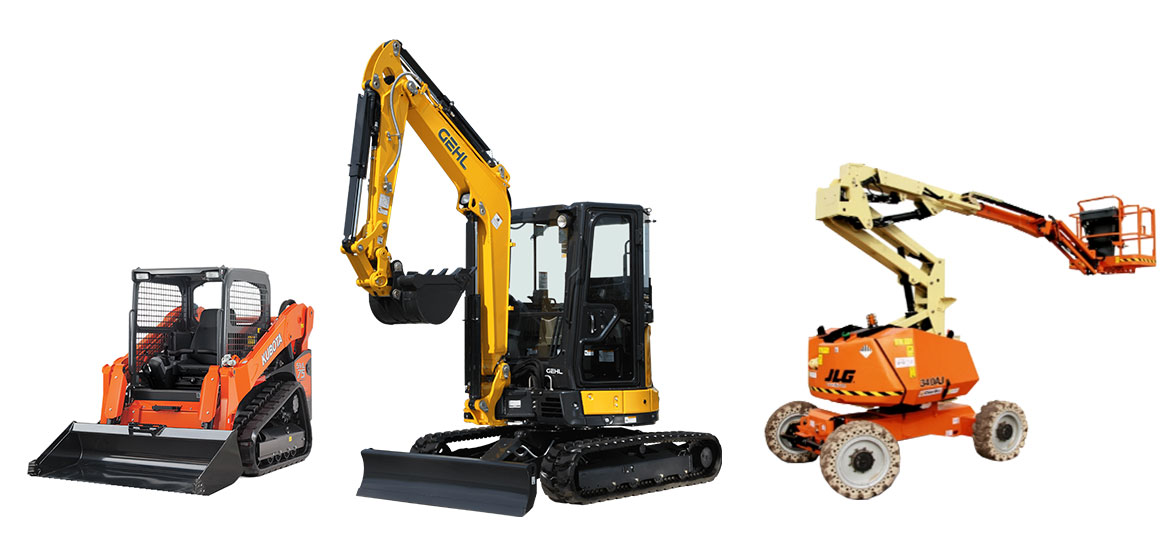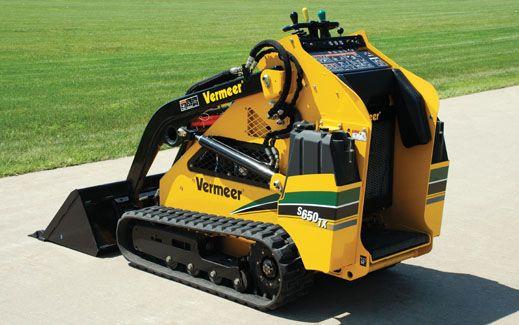Boom Lift Rental: Budget-friendly and Trustworthy Lifts for Any Type Of Work
Boom Lift Rental: Budget-friendly and Trustworthy Lifts for Any Type Of Work
Blog Article
Optimize Your Budget Plan by Understanding the Costs Connected With Building And Construction Tools Leasings
Comprehending the complete extent of expenses linked with construction devices services is important for optimizing your budget. What methods can be used to effectively take care of these expenses and ensure a more effective rental experience?
Summary of Rental Costs
When thinking about construction tools leasings, recognizing the linked expenses is paramount for efficient budgeting and project preparation. Rental costs can vary significantly based upon several aspects, including devices kind, duration of service, and location. The preliminary rental fee commonly shows the tools's market demand and its connected functional abilities, influencing the general expenditure.
In addition to the base rental price, secondary expenses might emerge, such as transportation fees, fuel additional charges, and upkeep fees. It is vital to represent these extra expenses to accurately analyze the overall expense of leasing devices. Furthermore, the rental duration can affect prices; longer rentals may receive discounted prices, while temporary rentals could sustain higher everyday charges.

Breakdown of Rental Prices
A comprehensive understanding of rental rates is vital for service providers and task managers intending to optimize their budget plans. Rental prices for building devices typically contain several components, consisting of base prices, time-based fees, and use fees.
Base rates are the core charges linked with the rental of the devices, commonly figured out by the kind and size of the equipment. These prices can differ considerably, influenced by variables such as equipment demand, accessibility, and regional market fads. Time-based fees, which might be daily, weekly, or monthly, offer to accommodate various job timelines and rental periods.
Furthermore, rental prices might include usage fees, which are suitable when tools is made use of past a defined threshold, guaranteeing that the rental company can account for damage. Seasonal need variations can also influence rental rates, with peak building seasons typically regulating greater costs.
In addition, recognizing the rental firm's policies pertaining to upkeep and insurance policy can supply additional understanding into the general expense structure. By assessing these components, contractors can make enlightened decisions, guaranteeing the choice of rental equipment lines up with both project needs and budget plan constraints.
Additional Charges to Consider
Understanding the complexities of added fees is crucial for contractors to manage their overall rental expenses effectively. Past the conventional rental rates, different extra charges can significantly influence the overall price of tools rental. These charges often include delivery and pickup costs, which can vary based upon distance and logistics associated with transferring the devices to and from the job site.
In addition, some rental firms might impose fuel surcharges if the equipment is returned with less fuel than when rented out. It is likewise crucial to be mindful of possible cleaning costs, particularly for specific equipment that calls for extensive maintenance after usage.

Completely examining the rental agreement and making clear these extra charges in advance can aid professionals ensure and stay clear of unanticipated costs that spending plans continue to be intact throughout the job lifecycle.
Repair And Maintenance Expenses
Normal upkeep and repair expenditures are usually neglected factors that can substantially influence the overall expense of building and construction tools services. When renting tools, it is vital to consider not just the rental charges but also the prospective prices related to keeping the machinery in ideal operating condition.
Several rental firms consist of standard upkeep as part of the rental agreement; nonetheless, a lot more extensive repair services or unanticipated failures can result in additional expenses. It's necessary to review the rental agreement thoroughly to understand what upkeep solutions are covered and what responsibilities drop on the occupant.
Additionally, tools that is not well-kept can lead to inefficiencies at work website, possibly raising and causing hold-ups job expenses. To reduce these risks, it is recommended to carry out regular evaluations and maintain open communication with the rental copyright regarding any concerns that develop during use.
Insurance Coverage and Liability Prices
Insurance coverage and liability expenses are crucial parts that can dramatically influence the total expenditure of building and construction devices rentals (scissor lift rental). These costs make sure that both the rental firm and the client are shielded from prospective monetary losses occurring from mishaps, damage, or theft during the rental period

Furthermore, clients need to understand any type of deductibles or exclusions in the insurance plan, as these can impact prospective out-of-pocket costs. Comprehending the conditions of any type of insurance policy coverage read this article is essential to stay clear of unforeseen prices. Ultimately, budgeting for insurance policy and obligation expenditures can assist guarantee a smoother rental experience and safeguard versus economic risks connected with building projects.
Conclusion
In verdict, a comprehensive understanding of the expenses connected with construction tools leasings is vital for reliable budget plan monitoring. Inevitably, educated decision-making regarding equipment services adds to the overall success of building undertakings.
Rental costs can differ significantly based on numerous elements, including devices type, site link period of rental, and area (construction equipment rentals). The rental period can impact pricing; longer leasings may qualify for affordable prices, while temporary leasings may incur greater everyday charges
By carrying out detailed research study and involving with reputable rental companies, specialists can properly browse the complexities of rental prices, eventually maximizing their financial resources.
Past the standard rental prices, various supplementary costs can considerably affect the total cost of equipment service. Rental companies often supply responsibility insurance that covers injuries to 3rd celebrations or damage get redirected here to residential property, while tools damage insurance policy can cover the price of fixings or replacement if the rented out devices is harmed.
Report this page